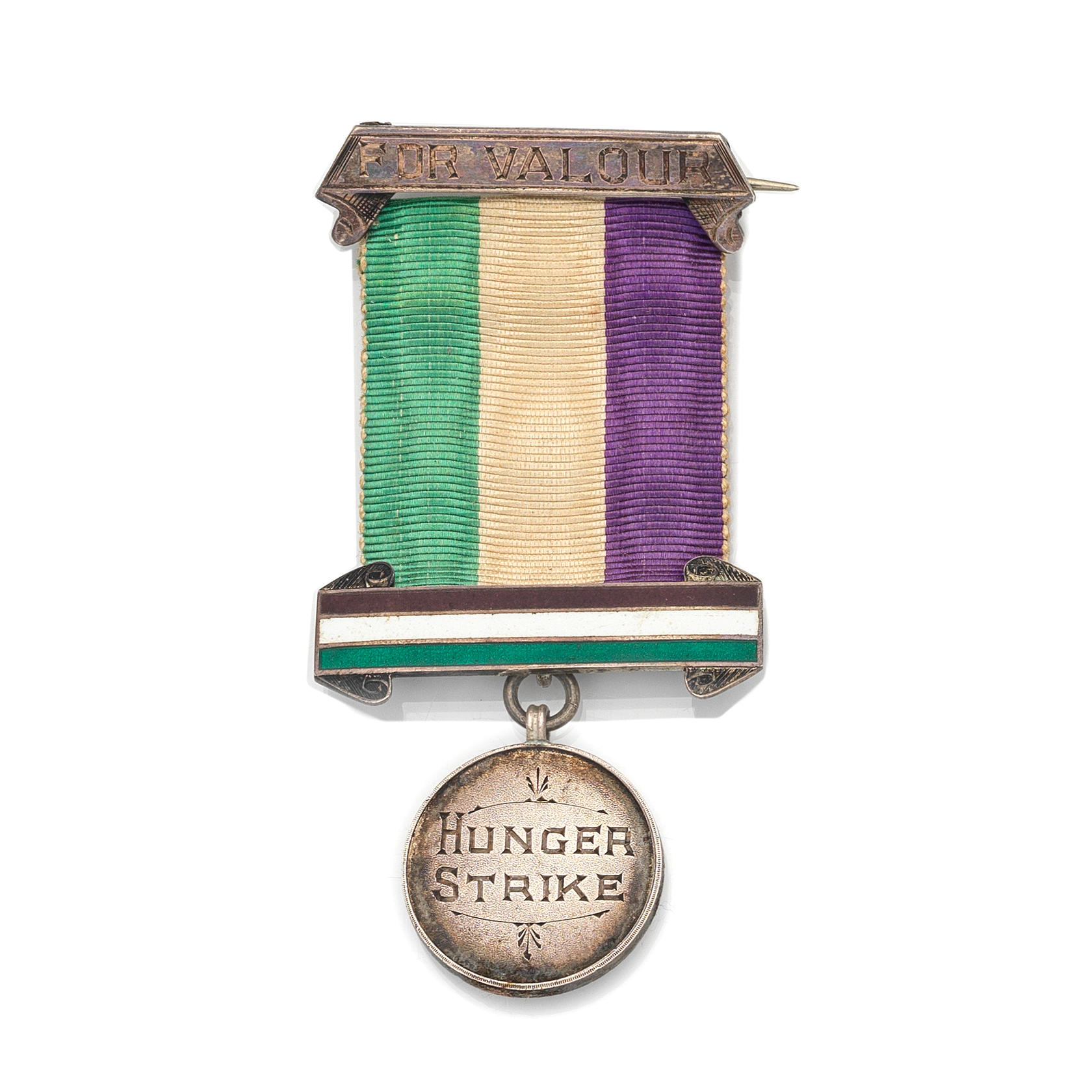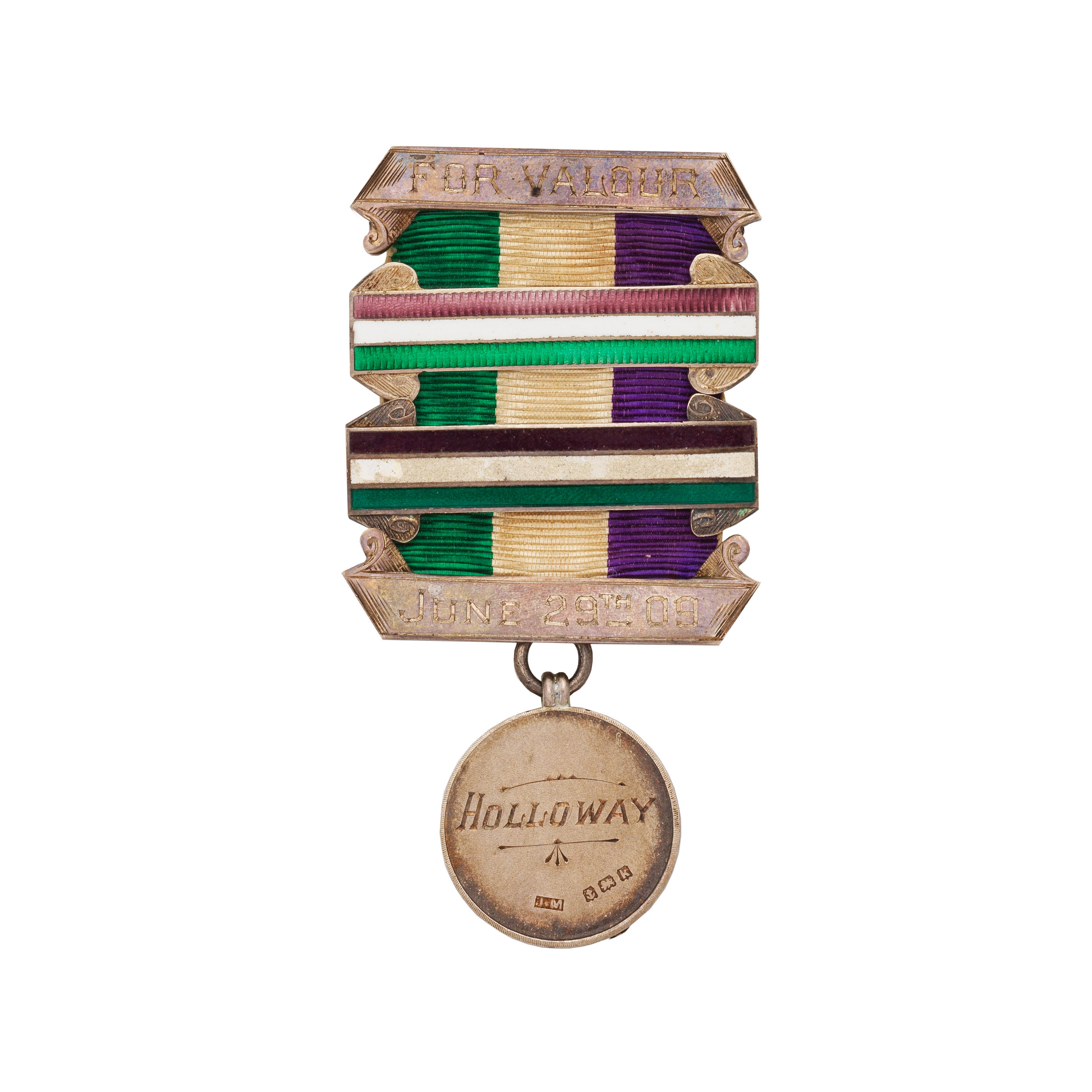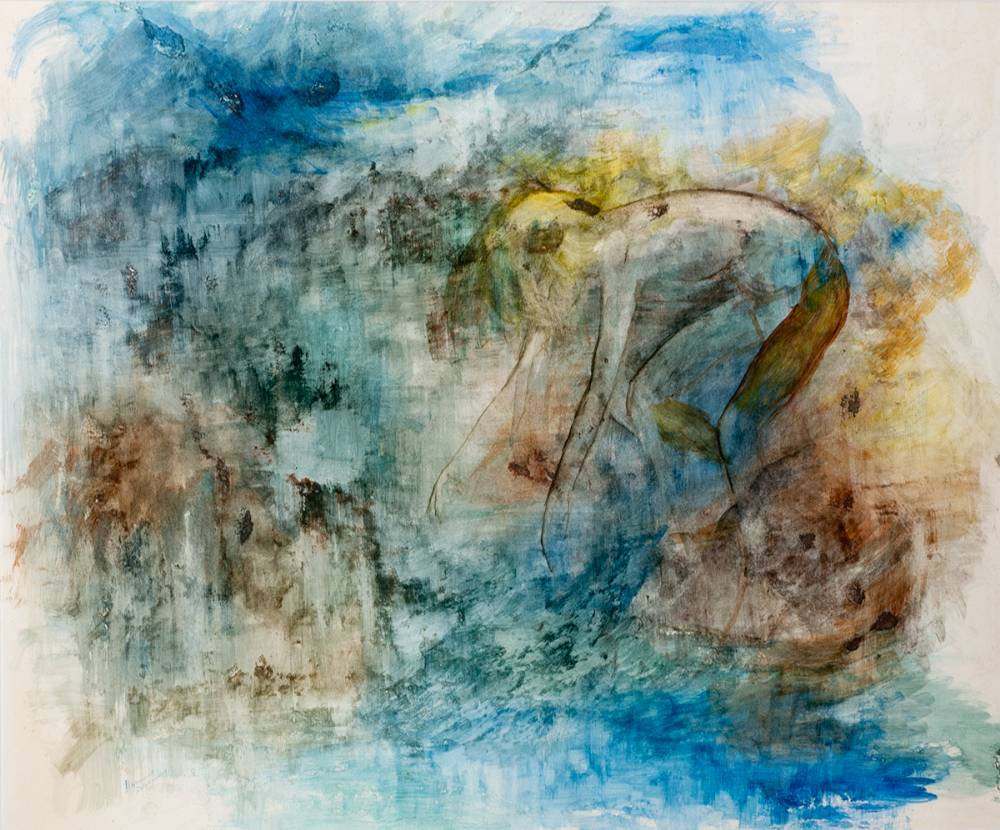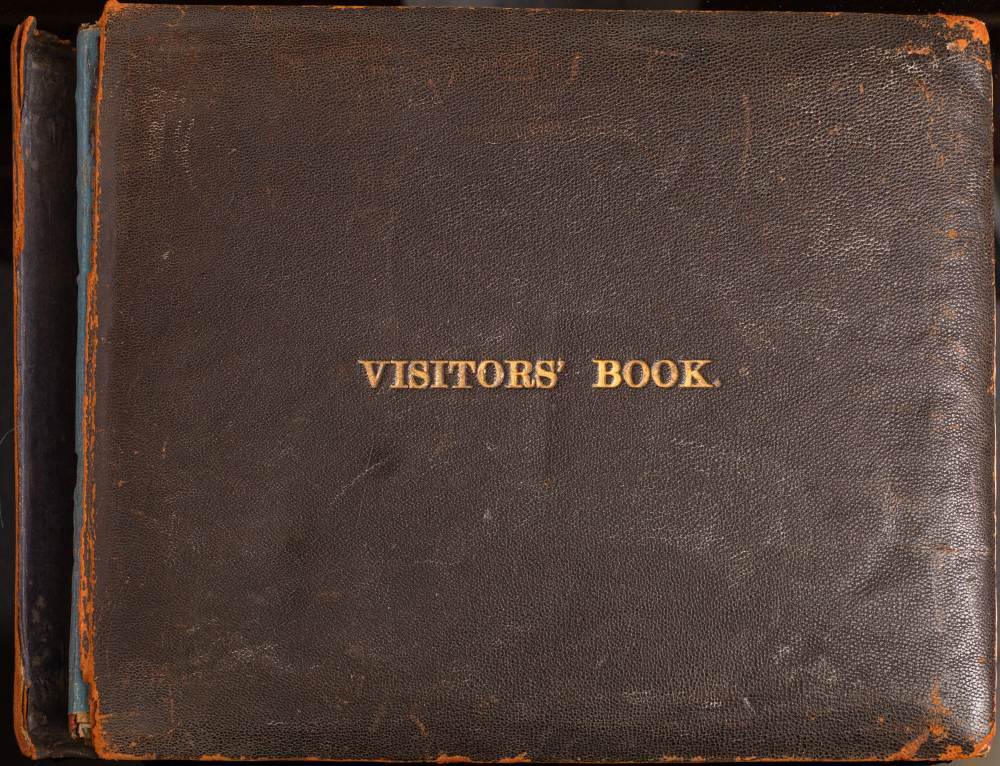Women's Suffrage: The Phyllis and Jim Bratt CollectionDOWNING (EDITH)Silver 'Portcullis' or 'Holloway' brooch awarded to Edith Downing, depicting the portcullis of the House of Commons, two hanging chains and superimposed broad arrow in purple, green and white enamel, with safety chain and pin, stamped 'SILVER and Toye & Co/London' on reverse, 25 x 20mm., [1909]FootnotesKnown variously as the Portcullis Badge, Holloway Prison Brooch and the Victoria Cross of the Union, the silver brooch was presented by the WSPU to women imprisoned at Holloway Prison for militant suffragette activity. Designed by Sylvia Pankhurst and manufactured by Toye & Co. London, it includes the portcullis symbol for parliament, the chains of imprisonment and the broad arrow of the prison uniform picked out in purple, white and green enamel, the colours of the WSPU. Having been initially mentioned in Votes for Women on 16 April 1909, the first brooches were presented by Christabel and Emmeline Pankhurst, Annie Kenney and Emmeline Pethick Lawrence at a large meeting at the Albert Hall on 29 April to coincide with the meeting in London of the International Woman's Suffrage Alliance. It was presented with the illuminated addresses also designed by Sylvia Pankhurst that had been awarded to released prisoners since September 1908. This brooch was awarded to Welsh-born suffragette and artist Edith Downing (1857-1931). Whilst producing artwork and sculpture to raise proceeds for the WSPU and collaborating with Marion Wallace-Dunlop on numerous processions, pageants and tableaux, she was also involved in more dangerous militant protest. On 18 November 1910 she was arrested after being involved in the brutal 'Black Friday' disturbances, during which she declared that she nearly lost her life (Crawford, p.172). In March 1912 she was again arrested after breaking the window of a fine art dealer in Regent Street as part of a 200-strong protest and sent to Holloway for four months where she took part in hunger strike (for which she received a Hunger Strike Medal) and was forcibly fed.
Women's Suffrage: The Phyllis and Jim Bratt CollectionDOWNING (EDITH)Silver 'Portcullis' or 'Holloway' brooch awarded to Edith Downing, depicting the portcullis of the House of Commons, two hanging chains and superimposed broad arrow in purple, green and white enamel, with safety chain and pin, stamped 'SILVER and Toye & Co/London' on reverse, 25 x 20mm., [1909]FootnotesKnown variously as the Portcullis Badge, Holloway Prison Brooch and the Victoria Cross of the Union, the silver brooch was presented by the WSPU to women imprisoned at Holloway Prison for militant suffragette activity. Designed by Sylvia Pankhurst and manufactured by Toye & Co. London, it includes the portcullis symbol for parliament, the chains of imprisonment and the broad arrow of the prison uniform picked out in purple, white and green enamel, the colours of the WSPU. Having been initially mentioned in Votes for Women on 16 April 1909, the first brooches were presented by Christabel and Emmeline Pankhurst, Annie Kenney and Emmeline Pethick Lawrence at a large meeting at the Albert Hall on 29 April to coincide with the meeting in London of the International Woman's Suffrage Alliance. It was presented with the illuminated addresses also designed by Sylvia Pankhurst that had been awarded to released prisoners since September 1908. This brooch was awarded to Welsh-born suffragette and artist Edith Downing (1857-1931). Whilst producing artwork and sculpture to raise proceeds for the WSPU and collaborating with Marion Wallace-Dunlop on numerous processions, pageants and tableaux, she was also involved in more dangerous militant protest. On 18 November 1910 she was arrested after being involved in the brutal 'Black Friday' disturbances, during which she declared that she nearly lost her life (Crawford, p.172). In March 1912 she was again arrested after breaking the window of a fine art dealer in Regent Street as part of a 200-strong protest and sent to Holloway for four months where she took part in hunger strike (for which she received a Hunger Strike Medal) and was forcibly fed.














Testen Sie LotSearch und seine Premium-Features 7 Tage - ohne Kosten!
Lassen Sie sich automatisch über neue Objekte in kommenden Auktionen benachrichtigen.
Suchauftrag anlegen